If instead of a full vacation you’re having a break in a form of a weekend the best place to go is to travel to one of the European heart cities- Berlin. And the rest in a form of two days totally disconnected from the reality is guaranteed. For this exacat purpose, the German cities fit perfectly.
To get to the capital of the Germany will not cause any kind of difficulties. This reasonably priced for the German airlines as well as the major European airlines, for example, Lufthansa give you the best opportunities. With some luck, you can always get some discounts when travelling with a group or get some other discounts based on your status.
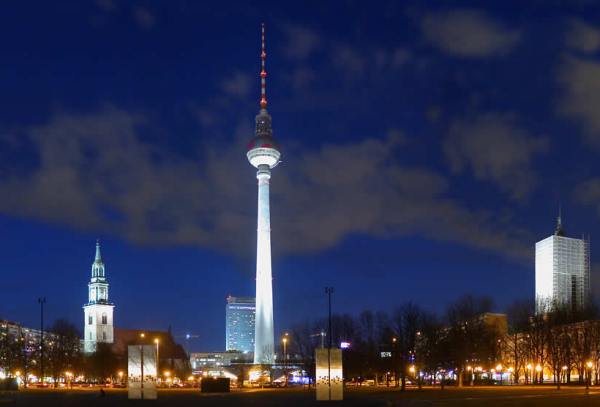
The city has two major airports: Schönefeld, former East Berlin’s gates, where it’s best to get to the city center, to Alexanderplatz or Friedrichstrasse, via Airport-Express, and Tegel in the north-western extremity of the city, where a 20 minute x9 bus rides up to West Berlin.
For the closer investigation of Berlin you should definitely choose the option of taking public transportation. For only 2.10 Euros you can buy a single ticket, which you can go by subway (U-Bahn), ground-train (S-Bahn) or by bus for like 2 hours. The same ticket is valid for a day, will cost 6, 10 Euros. Tourists are also welcome to use the cards which are basically prepared for themselves- BerlinWelcomeCard and CityTourCard. Both provide an opportunity to move freely via public transport and give discounts on visits to some museums, a list of which is more extensive for the BerlinWelcomeCard.
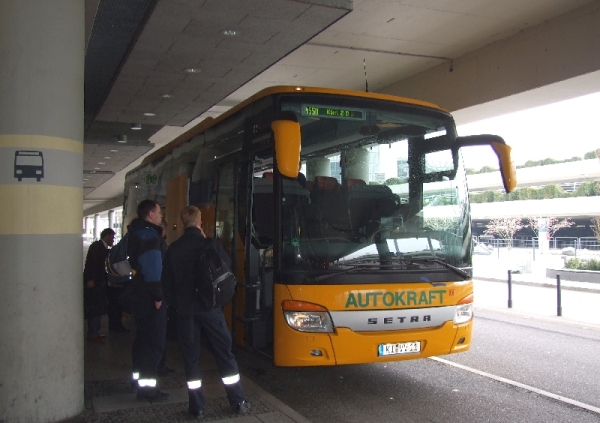
During the weekend the status of the tourist guides in Berlin is being excellently held by bus routes 100 and 200, and train towering over the city, S-Bahn, whose path runs along the 700 viaducts and where you can admire the metropolis from a height. To see the maximum possible and to set a place for yourself, it’s best to sit on the train to the Alexanderplatz and drive up to the station Zoologischer Garten– this is something exciting.
First train goes over the area of Hackescher Markt, which is preserved for the old courtyards and where it might be a nice walk to see how Berlin was a couple of hundred years ago. Then the train moves through the Museum Island, which is concentrating the most famous museums of the city, where most of the archaeological collections and art exhibits of the XIX century are located. Here you will find the most visited museum of Berlin- Pergamon Museum .
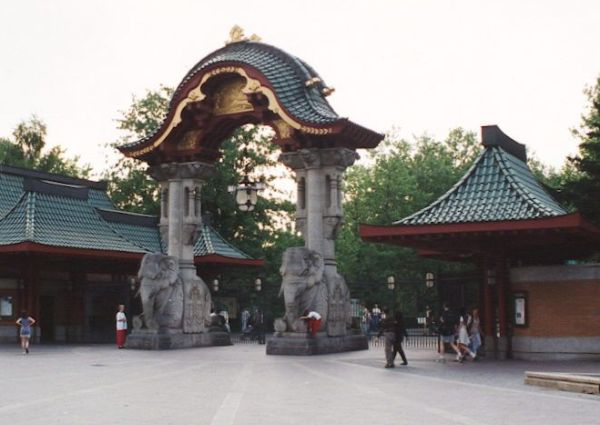
Passing over the famous Friedrichstrasse, you should focus on the theaters and shops, and passing Reichstag, the train arrives to Grand Central Station, largest in Europe – Hauptbahnhof and moves further along the residence of the Chancellor (Bundeskanzleramt), Castle Park Bellevue Park and Tiergarten. Arriving to the “Zoo” station it is already possible to conclude that it is desirable to examine it in more details and, therefore, choosing the 100th and 200th route buses you can tour the park Tiergarten from different sides and meet at the Brandenburg Gate.
Via BerlineSev 100th route, you will first reach the center of the park Victory Column (Siegessäule), the observation deck on top of which is 285 degrees. Hence the excellent view of the Brandenburg Gate is obviously guaranteed. Then the bus passes the Palace Bellevue, which is the residence of the Federal President of Germany, and enters the area of Government buildings, where the Office of the Parliament and, finally, the Reichstag. The popularity of sites and the free entry often lead to long queues around the place. But the dome on the roof offers a panoramic view of Berlin, which is simply impressive.
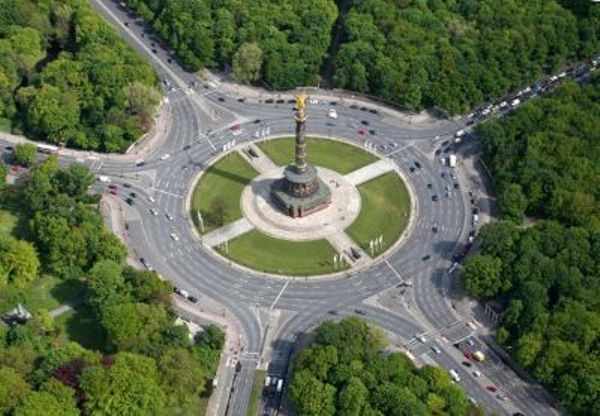
Through the windows of the Berline’s 200th route you can admire embassies of different countries, which are very different in style and architectural approaches. In addition, the route of the bus also includes the Berlin Philharmonic, New National Gallery, Art Gallery and the Museum of Musical Instruments. Any of them is worth visiting, but each of them should be determined according to their own priorities. But walking through the Potsdamer Platz is required for those you came to Berlin. For 50 years, this place is in the neutral zone of the divided Germany, is a desolate wasteland, and then, just five years after the fall of the Berlin Wall, it has become one of the most prestigious and interesting places in the city. If you have not climbed for a single viewing platform, you can do it here, standing on the roof of one of the towering skyscrapers in the area.
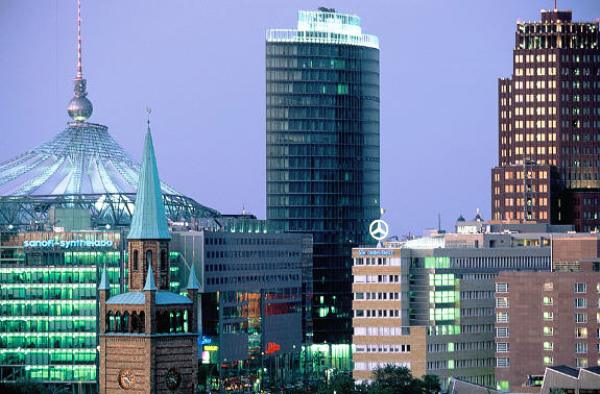
And of course, it’s worth to go far from the Brandenburg Gate and Pariser Platz walking from the boulevard limes (Unter den Linden), admiring the architecture of the mansions along the streets of the XVIII century. The boulevard of the State Central Library of the Humboldt University, Berlin Cathedral and the State Opera are worth of much more detailed attention. By the way, in the latter building you will find a very beautifully decorated restaurant with the German national cuisine and a café with an unprecedented diversity of all kinds of sweets. Walking into the restaurant, be sure to order a glass of beer with the Berlin currywurst – sliced pieces of sausage with curry sauce.
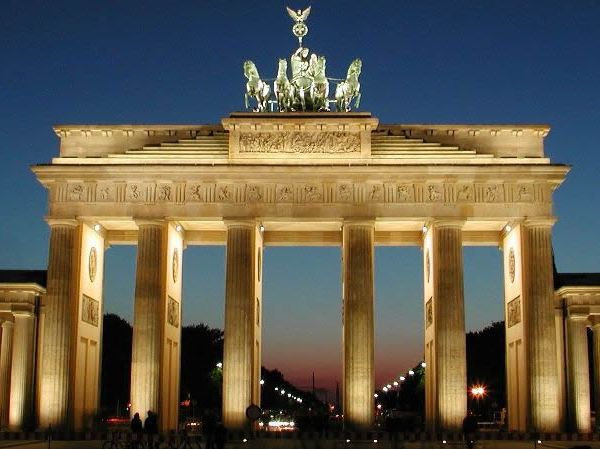
As when getting back on to the bus, now it does not matter, 100th and 200th route, you can reach the Alexanderplatz, where you can, having spent only 8 Euros and about an hour of waiting in the queue climb to the most popular tower of Berlin -the TV tower. Or you can also take your time and visit Kurfurstendamm Boulevard, the most popular both within the tourists and the inhabitants of Berlin, a place for leisurely shopping, mingling gatherings in open-air cafes. Not far from the boulevard is the area Savignyplatz, which is concentrating the best drinking establishments of the city around itself.
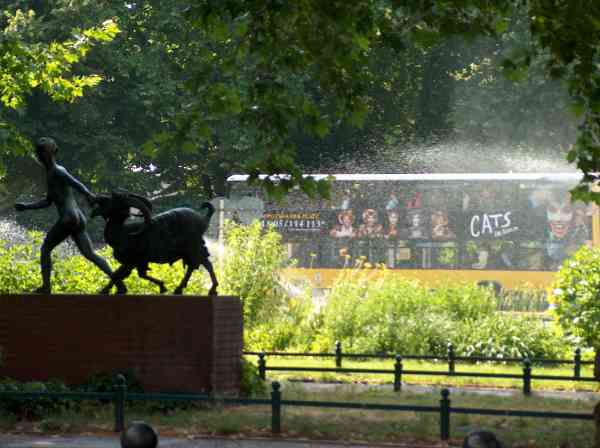
And as most of the capitals, Berlin is also called the city that never sleeps. So it’s always worth at least a little bit of glancing at his night life, which is especially hot in the areas of Mitte, Prenzlauer Berg and Friedrichshain. It is here that the maximization of the nightclub amounts takes place.

